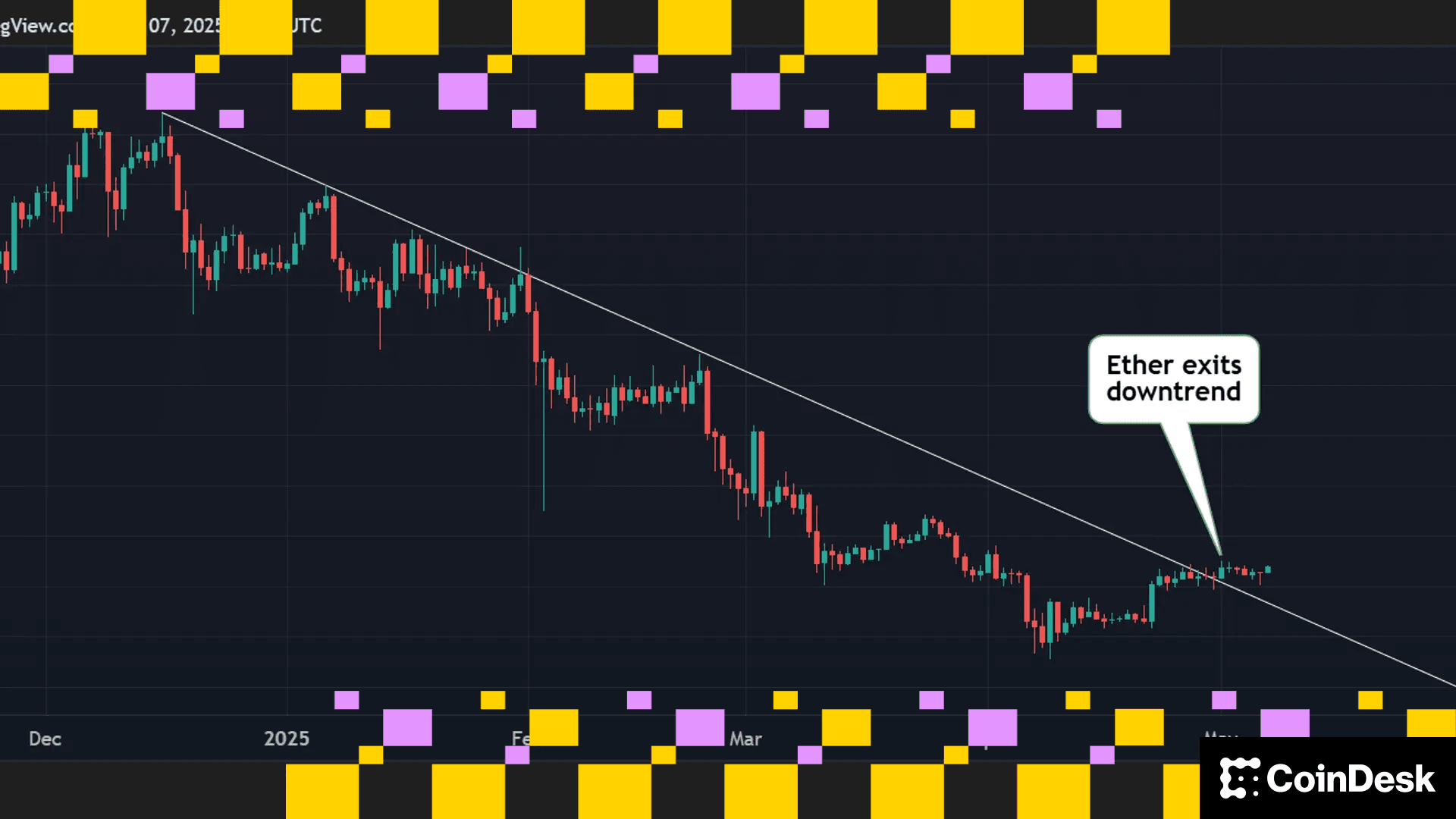MicroStrategy's Large Bitcoin Impairment Losses Have Given a False Impression: Berenberg
FASB accounting rule changes should help companies that hold digital assets to eliminate the poor optics that have been created by impairment losses, the report said.
MicroStrategy (MSTR) will soon be able to report its bitcoin (BTC) holdings each quarter without having to recognize impairment losses if the cryptocurrency’s price drops during the period in question, after the Financial Accounting Standards Board (FASB) voted to change how companies report their finances, investment bank Berenberg said in a report Wednesday.
Since adopting its bitcoin acquisition strategy in August 2020, MicroStrategy has reported $2.23 billion of cumulative impairment losses, the report said.
MicroStrategy’s largest impairment loss of $917.8 million was recorded in the second quarter of 2022, and the loss featured heavily in news coverage of the earnings, “giving the impression that the company’s inherent value had been negatively impacted when this was not the case,” the bank said.
“The change should help MSTR and other companies that hold digital assets to eliminate the poor optics that have been created by impairment losses under the rules that FASB has had in place,” analysts led by Mark Palmer wrote.
On Wednesday, the FASB voted to let companies use fair-value accounting in a move that will allow firms to show gains and losses immediately on their income statements. The FASB is expected to formally approve final language later this year and companies at that point can adopt the new standards.
Michael Saylor, executive chairman of MicroStrategy, said in a tweet that the rule update “eliminates a major impediment to corporate adoption of bitcoin as a treasury asset.”
Berenberg notes that the FASB stated that the new rules will go into effect as soon as 2025, but companies will have the option to apply them before then. It says that MicroStrategy will exercise that option.
The German bank has a buy rating on MicroStrategy shares, with a price target of $510. The stock closed at $353.07 on Thursday.
U.S. investment bank Stifel said that American companies could be increasingly receptive to holding digital assets on their books, especially during periods when the market is hot, given the improved impacts to the bottom line.
More For You
Exchange Review - March 2025

CoinDesk Data's monthly Exchange Review captures the key developments within the cryptocurrency exchange market. The report includes analyses that relate to exchange volumes, crypto derivatives trading, market segmentation by fees, fiat trading, and more.
需要了解的:
Trading activity softened in March as market uncertainty grew amid escalating tariff tensions between the U.S. and global trading partners. Centralized exchanges recorded their lowest combined trading volume since October, declining 6.24% to $6.79tn. This marked the third consecutive monthly decline across both market segments, with spot trading volume falling 14.1% to $1.98tn and derivatives trading slipping 2.56% to $4.81tn.
- Trading Volumes Decline for Third Consecutive Month: Combined spot and derivatives trading volume on centralized exchanges fell by 6.24% to $6.79tn in March 2025, reaching the lowest level since October. Both spot and derivatives markets recorded their third consecutive monthly decline, falling 14.1% and 2.56% to $1.98tn and $4.81tn respectively.
- Institutional Crypto Trading Volume on CME Falls 23.5%: In March, total derivatives trading volume on the CME exchange fell by 23.5% to $175bn, the lowest monthly volume since October 2024. CME's market share among derivatives exchanges dropped from 4.63% to 3.64%, suggesting declining institutional interest amid current macroeconomic conditions.
- Bybit Spot Market Share Slides in March: Spot trading volume on Bybit fell by 52.1% to $81.1bn in March, coinciding with decreased trading activity following the hack of the exchange's cold wallets in February. Bybit's spot market share dropped from 7.35% to 4.10%, its lowest since July 2023.
More For You












